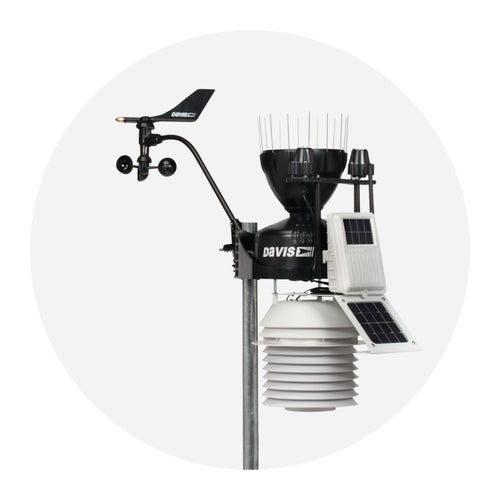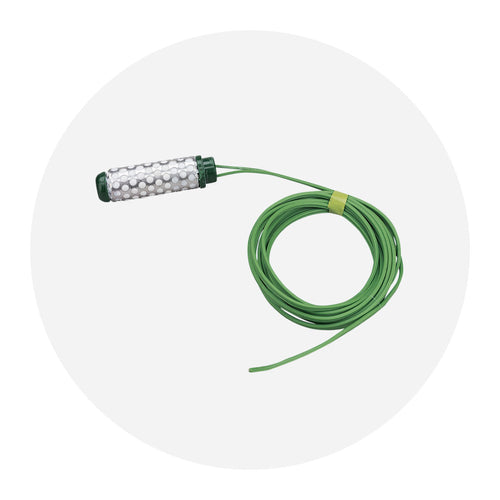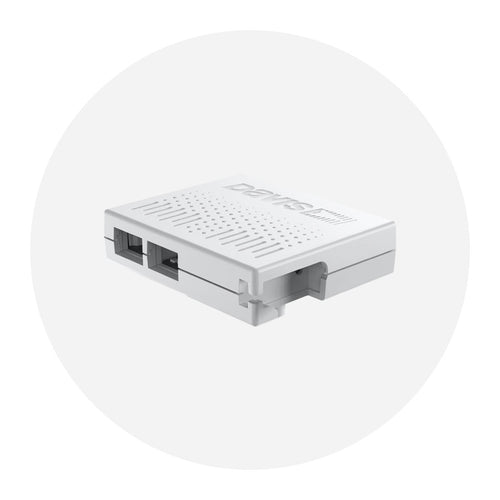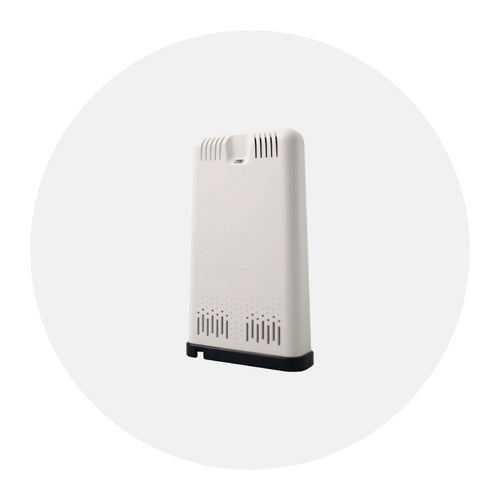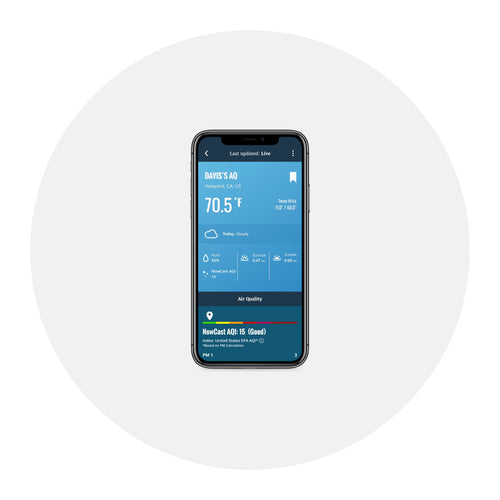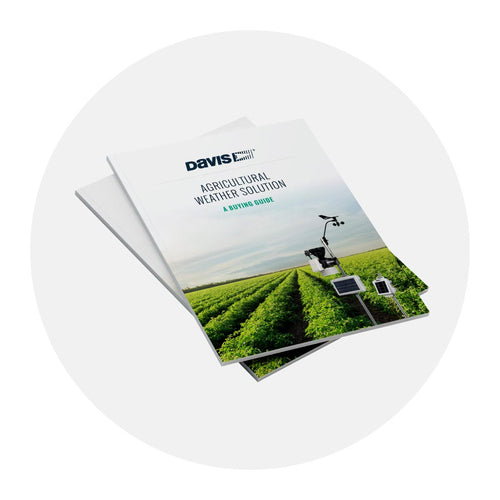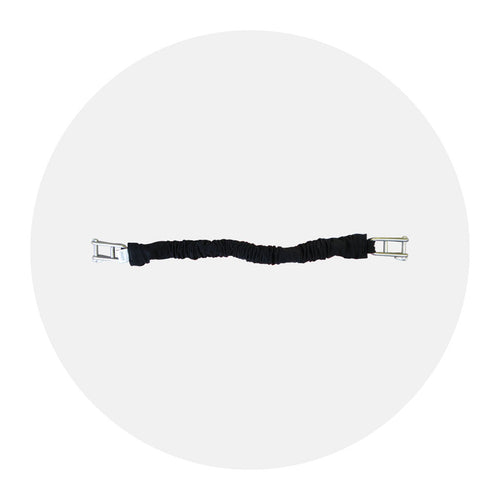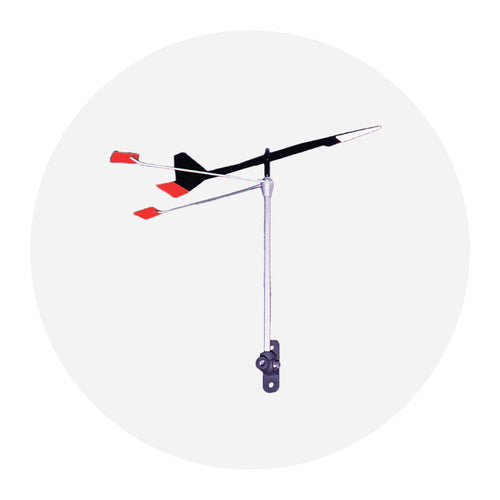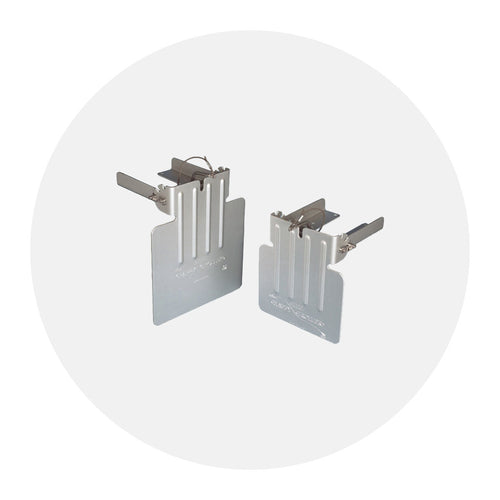Rope chafe, also known as line chafe, refers to the wear and damage that occurs on a rope or line due to friction or rubbing against a surface or another object. It is a common issue in boating and other activities that involve the use of ropes and lines.
Chafe can be caused by various factors, including contact with rough edges, sharp objects, abrasive surfaces, or repetitive motion. It is more likely to occur when a rope is under tension or when there is relative movement between the rope and the surface it is in contact with.
The effects of rope chafe can vary depending on the severity and duration of the rubbing. It can cause the rope's outer fibers to fray, abrade, or wear down, weakening the rope and potentially compromising its strength and integrity. Over time, chafe can lead to the failure or breakage of the rope, increasing the risk of accidents or equipment damage.
How can I prevent rope chafe?
To minimize the risk of rope chafe, it's important to take preventive measures and practice proper rope management:
-
Avoid Abrasive Surfaces: Whenever possible, route the rope away from rough or abrasive surfaces. Protect the rope from contact with sharp edges, metal fittings, or any objects that could cause excessive friction or wear.
-
Use Chafe Guards: Chafe guards are protective coverings or sleeves that can be placed over vulnerable areas of a rope to provide an extra layer of protection against chafe. These guards are typically made of durable materials such as leather, nylon, or rubber and can be secured in place with tape, stitching, or other fastening methods.
-
Regular Inspections: Periodically inspect the ropes and lines for signs of chafe, especially in areas where they come into contact with fittings, winches, or other surfaces. Look for fraying, abrasion, or any wear that could compromise the strength of the rope. Replace or repair any damaged sections promptly.
-
Proper Line Tension: Avoid excessive tension or slack in the lines, as both can contribute to chafe. Adjust the tension of the lines appropriately to minimize unnecessary rubbing or movement.
-
Proper Storage: When not in use, store ropes properly to avoid unnecessary rubbing or entanglement. Coil and hang them in a dry and clean location, away from sharp objects or areas with high friction.
By being mindful of potential chafe points, using chafe guards where needed, and regularly inspecting and maintaining the ropes, you can help minimize the risk of rope chafe and ensure the longevity and reliability of your lines.



